Jaguars (Panthera onca), the largest big cats in the Americas, are renowned for their powerful build and elusive nature. Their hunting strategies are diverse and adaptable, allowing them to thrive in various habitats ranging from dense forests to open grasslands. One of the most intriguing aspects of jaguar behavior is their use of rivers as hunting grounds, which points to their remarkable adaptability and unique hunting skills.
Why Rivers? The Ecological Significance

Rivers play a crucial ecological role in the habitats they traverse, providing an abundance of resources not only for jaguars but for a multitude of species. These waterways attract a variety of potential prey, making them strategic hunting grounds for jaguars. Additionally, rivers offer cover and stealth advantages, allowing jaguars to leverage their skills as ambush predators effectively.
Understanding Jaguar Physiology and Behavior
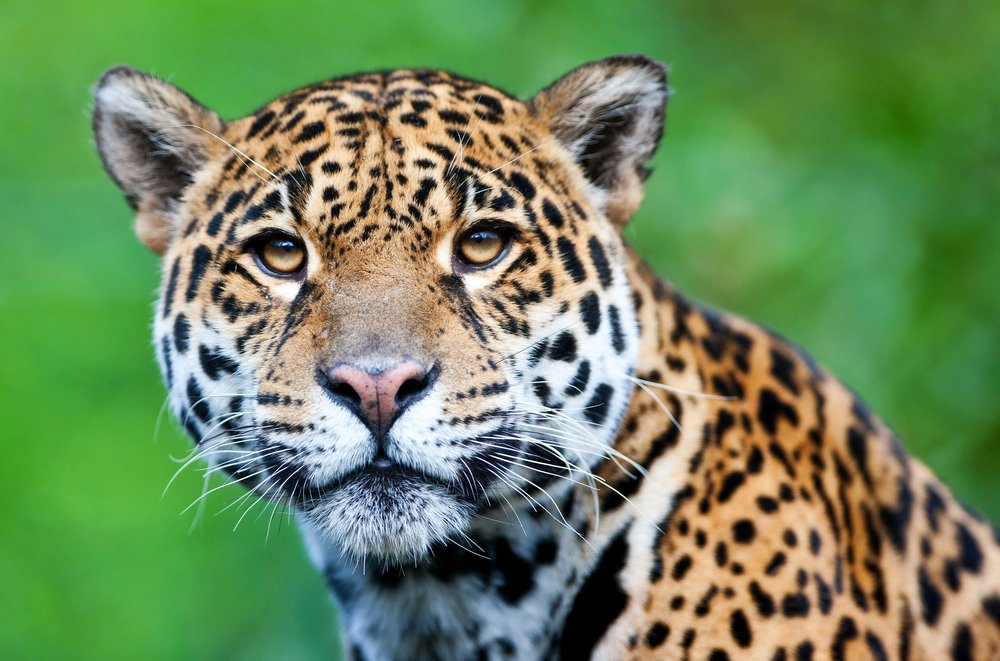
Jaguars are solitary creatures known for their strength, agility, and adept swimming abilities. Unlike many other big cats, jaguars are excellent swimmers, using water as a key part of their hunting approach. Their muscular build and powerful limbs enable them to maneuver the riverine environment with ease, stalking and ambushing prey both in and around water bodies.
The Role of Stealth in River Hunting
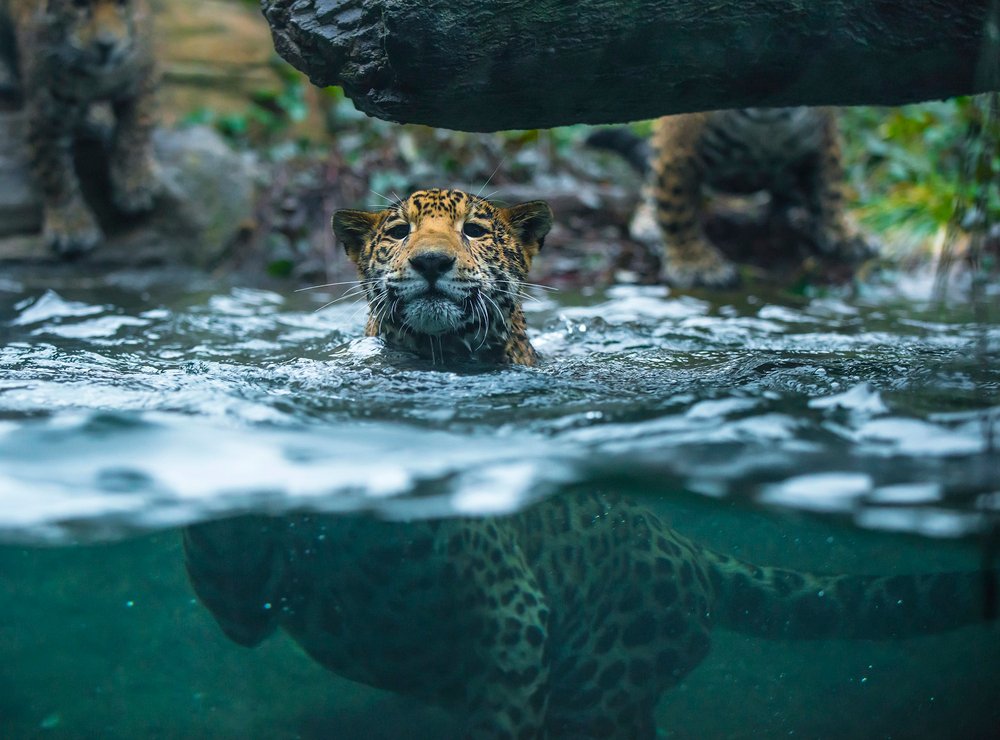
Stealth is a critical component of jaguar hunting tactics. The dense vegetation along riverbanks provides ample cover for jaguars to approach their prey undetected. Jaguars often lurk in the shadows, waiting for the opportune moment to strike. Their distinctive spotted coats serve as effective camouflage amidst the dappled light filtering through the forest canopy, further enhancing their stealth abilities.
Prey Selection
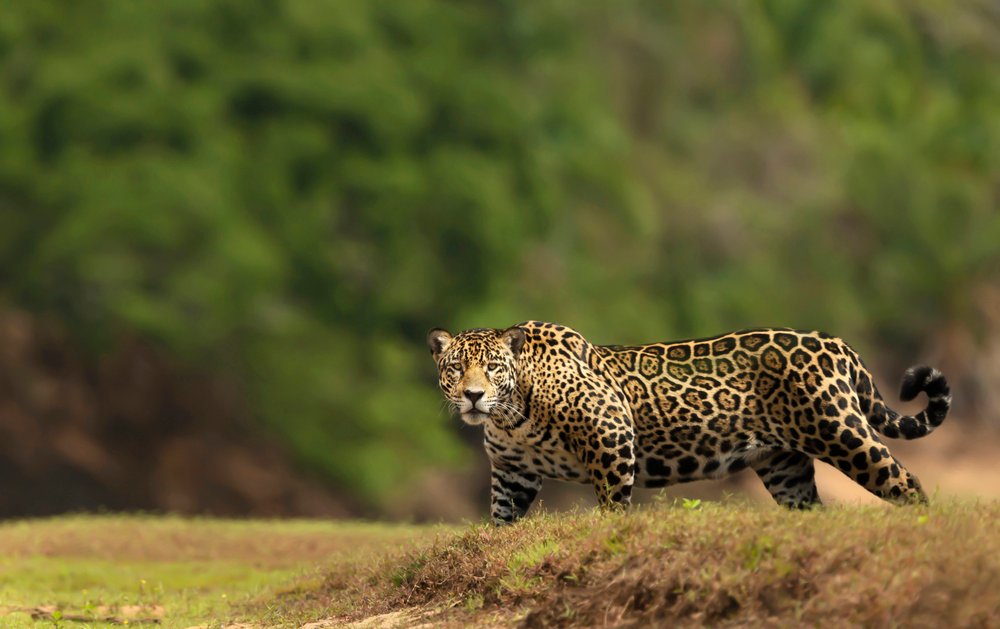
Jaguars are opportunistic predators, with a varied diet that includes capybaras, caimans, and fish—common inhabitants of river ecosystems. This adaptability in prey selection is a key factor in their success as hunters. By targeting aquatic and semi-aquatic species, jaguars exploit the rich biodiversity of riverine habitats to fulfill their dietary needs.
Adaptive Hunting Strategies in Riverine Environments
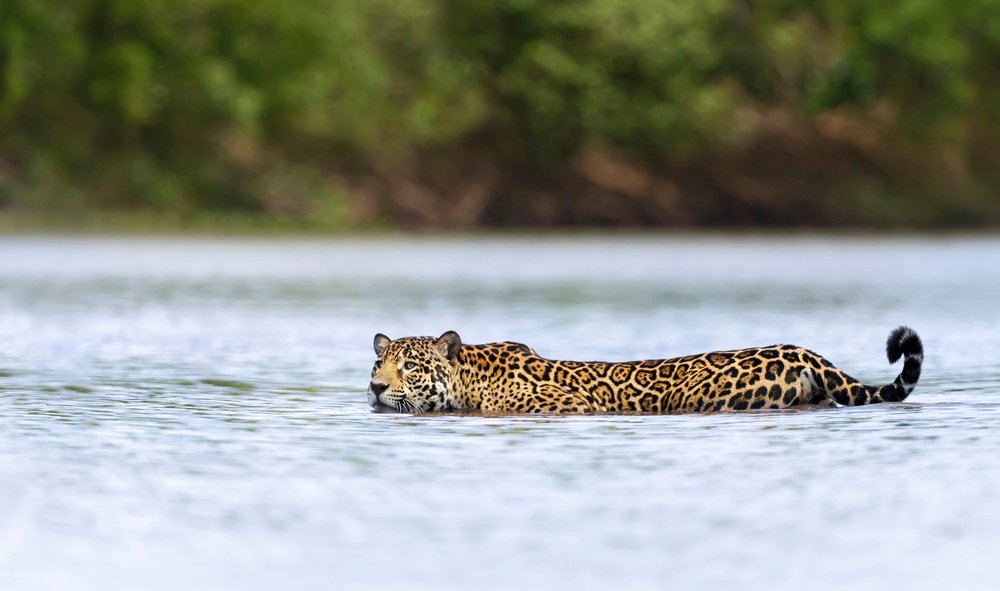
Jaguars have developed several hunting strategies to catch their prey in rivers. These include stalking along riverbanks, ambushing unsuspecting prey from the water, and even using their strong bites and claws to catch fish. This flexibility in technique demonstrates the jaguar’s ability to adapt its hunting style to different environments and prey types.
The Ambush Predator
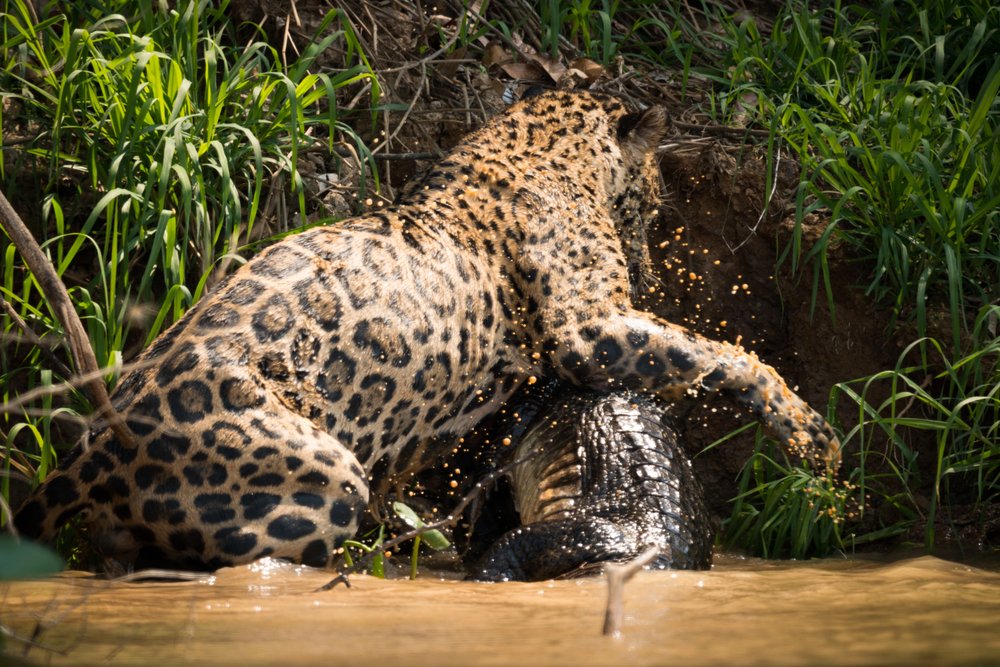
One of the most striking examples of jaguar hunting prowess is their ability to take down caimans, formidable aquatic reptiles that inhabit many of the same waterways. Jaguars use their powerful jaws to deliver a precise and fatal bite to the back of the skull, showcasing their predatory skills and the importance of precision and strength in their hunting strategy.
Riverbanks as Territorial Boundaries
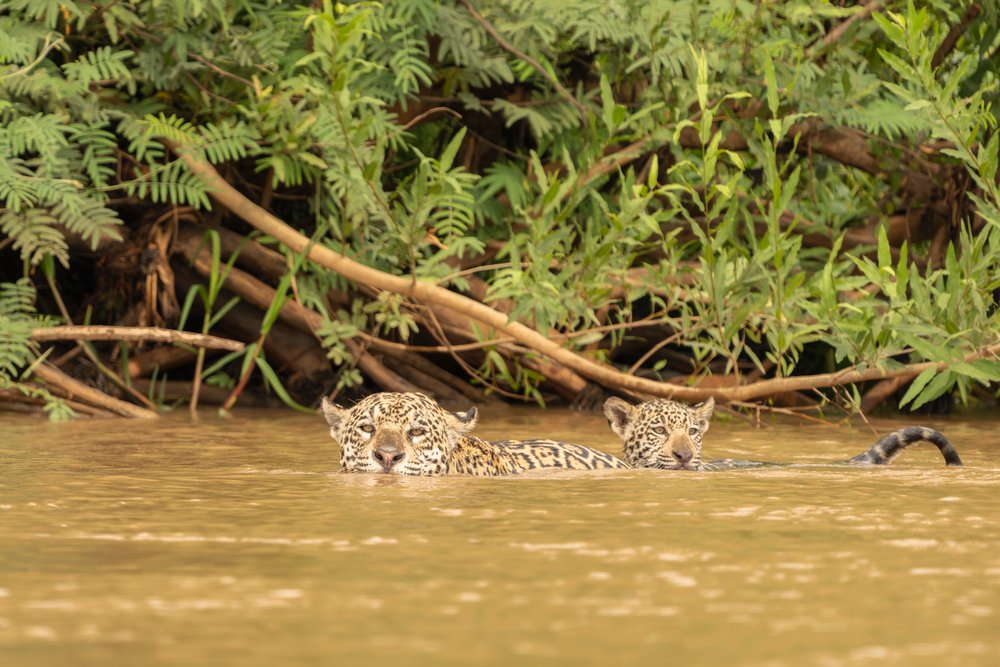
Rivers often serve as natural territorial boundaries for jaguars, marking the limits of their hunting grounds. Territorial disputes can occasionally arise when these boundaries overlap, especially in areas with high prey density. Understanding the territorial behavior of jaguars is essential for conserving these majestic animals and their habitats.
The Impact of Human Activities
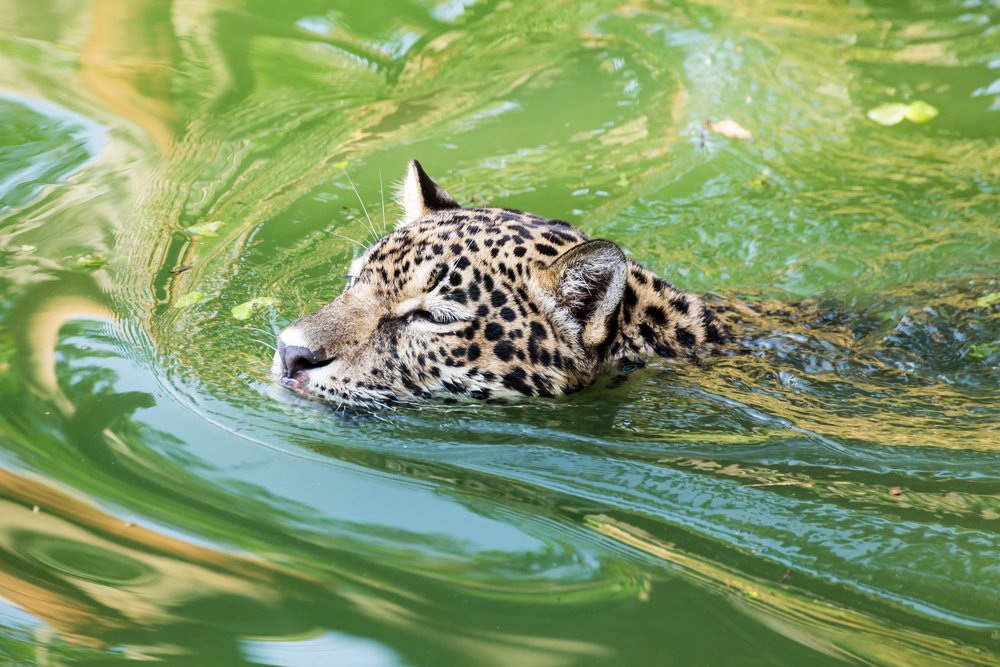
Human activities, such as deforestation, pollution, and river alteration, pose significant threats to jaguar habitats. These impacts can disrupt the delicate balance of river ecosystems, affecting prey availability and jaguar hunting success. Conservation efforts are crucial to ensure the preservation of these ecosystems and the survival of jaguars.
Conservation Efforts and Future Directions
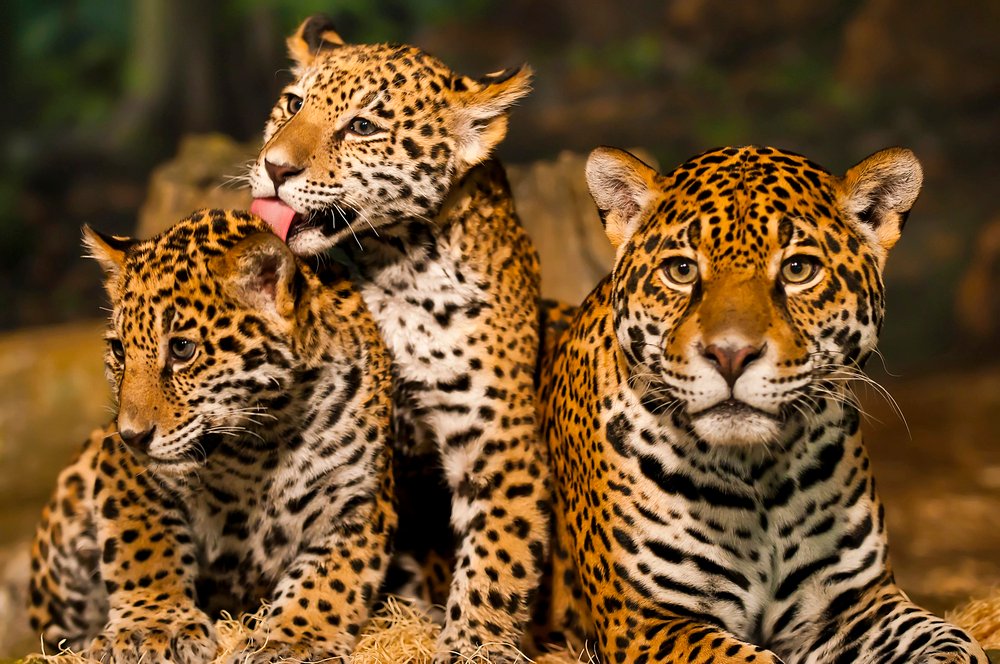
Conservation initiatives focused on protecting and restoring riverine ecosystems are vital for sustaining jaguar populations. Strategies include establishing protected areas, promoting sustainable land use practices, and engaging local communities in conservation efforts. Continued research and monitoring of jaguar populations are essential to adapt and refine conservation strategies effectively.
The Jaguar’s Riverside Legacy
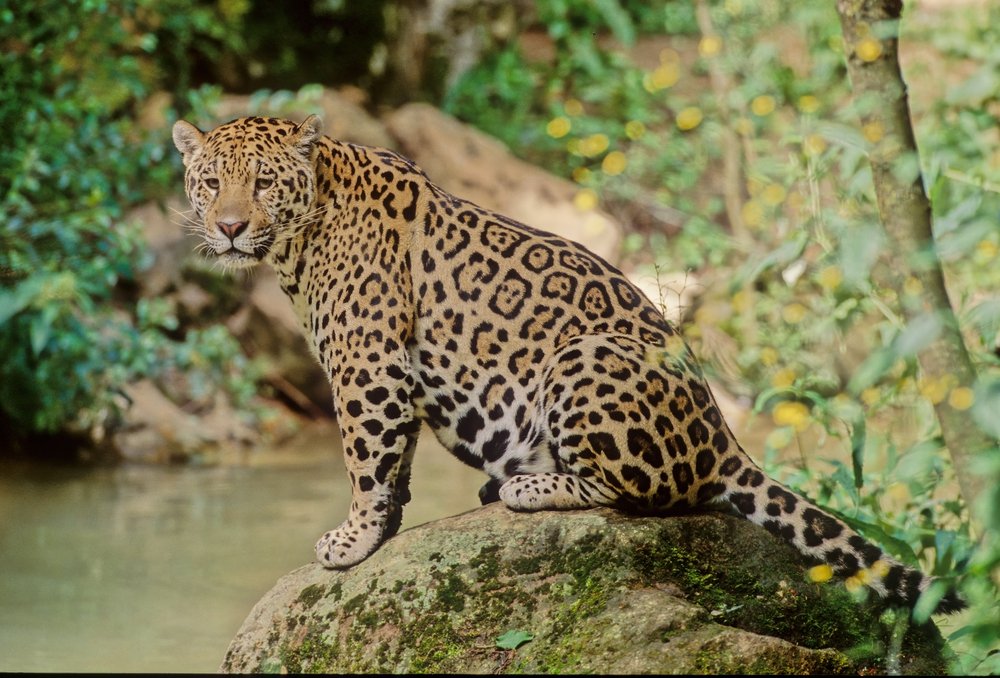
The ability of jaguars to utilize rivers as hunting grounds highlights their incredible adaptability and skill as predators. As apex predators, they play a critical role in maintaining the health and balance of their ecosystems. By ensuring the protection of river habitats and promoting conservation efforts, we can help preserve the legacy of these magnificent cats for future generations.

Growing up traveling and experiencing new cultures and wonders, I have had a passion for nature, adventuring, photography, and videography. I am currently working towards a BSc in Biodiversity and Ecology at Stellenbosch University, and I hope to specialise in Marine Sciences one day.
Please send any feedback to Feedback@animalsaroundtheglobe.com






